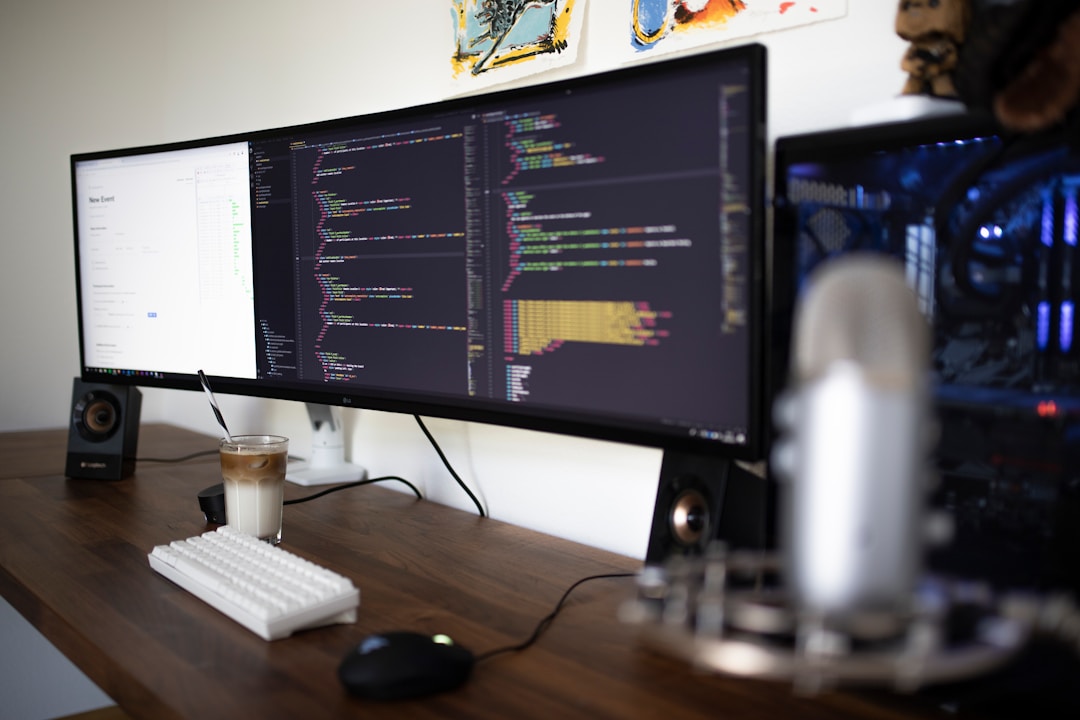There are over 7 billion people in the world, and there’s some kind of data for nearly every person. Could you imagine all the customer, business, and government information there is in the world? Could you imagine being the data manager of a company with hundreds of millions of customers and hundreds of thousands of employees? That’s a lot of data. In fact, that’s big data.
Big data has completely transformed the way we view and live in today’s world. Its effects reach every sector of life, from choosing the best putter for your golf club collection to measuring the impact of climate change on weather and forecasting natural disasters. Parallel computing (or processing) speeds up the processing of big-data-sensitive operations, helping to speed up businesses and enhance everything from customer experience to public policy. Let’s dive into parallel computing and how it can help send your business processes into warp speed.
What is parallel processing?

The first things you need to know about parallel processing are the basics. Parallel computing or processing is the use of many different nodes to handle massive amounts of data in computer processing operations.
Parallel processing is an “All hands on deck” theory of computing. It employs the use of numerous nodes which all handle part of an operating system’s functions. They don’t share computer memory as each runs autonomously of the others, but they do communicate and share information. In other words, you can consider each node like a PC running an iteration of the program to do its portion of this massive process.
How does parallel computing speed up your business?

Imagine running an analytics process on a dataset with 500 million different data points. Now, imagine having 1 million nodes running parallel algorithms on that massive data set. The cluster of nodes could get the job done much more efficiently than a single computer, right? Well, that’s the logic behind massively parallel computing.
Each processing node in the cluster acts as a computer with a dual-core processor. Parallel computing clusters use an interconnect for superfast communication between nodes to share data and update each other on where they are in the process.
What tools are used in parallel computing processes?

Processing nodes are the central component in parallel computing clusters. These nodes are simple computers with two or more central processing units.
The high-speed interconnect is the component that enables the transfer of data between nodes. This interconnect bus can be an ethernet cord, fiberoptic, or some enterprise solution.
The distributed lock manager (DLM) is the tool that delegates functions from the root node to other nodes in the cluster. The nodes tell the DLM what functions or data they need, and the DLM connects the nodes with the data or functions as they become available.
What is a common parallel processing use case?

The great thing about computer theory is that it’s all about real-life use cases, and there are plenty of use cases for parallel processing. Imagine a retailer with millions of customers using its e-commerce site to shop for clothes. Retailers use parallel computing to provide access to their inventory to millions of consumers without any of them interfering with each other’s shopping experience.
Each node provides access to many customers in specific regions. All the customers access the same data, but they’re connecting through different nodes that process their queries separately.
You’re familiar with the phrase “All hands on deck,” right? Well, it’s all hands, or nodes, on deck with massively parallel processing. It’s a theory of computing that saves companies tons of time on critical operations, enabling them to get their business intelligence insights quicker. As they say, “Many nodes make the work lighter.”
If you plan to go into computer science to study machine learning algorithms, learn as much about parallel computing as possible. It will play a large role in your career and save you more time than you can imagine on big data processes.
